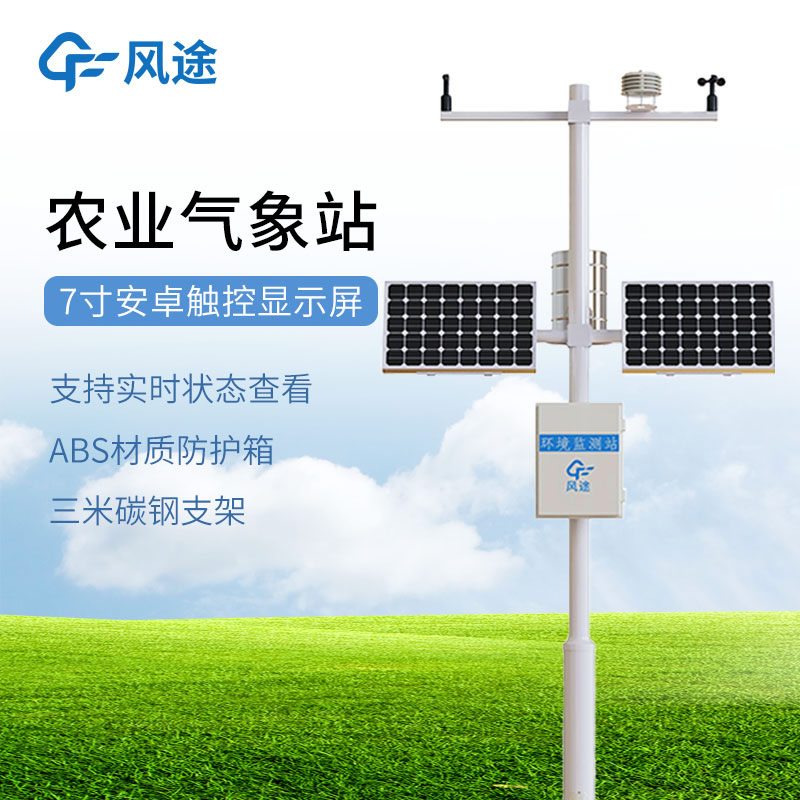Shandong Fengtu IOT Technology Co., Ltd
Sales Manager:Ms. Emily Wang
Cel,Whatsapp,Wechat:+86 15898932201
Email:info@fengtutec.com
Add:No. 155 Optoelectronic Industry Accelerator, Gaoxin District, Weifang, Shandong, China

Sales Manager:Ms. Emily Wang
Cel,Whatsapp,Wechat:+86 15898932201
Email:info@fengtutec.com
Add:No. 155 Optoelectronic Industry Accelerator, Gaoxin District, Weifang, Shandong, China
time:2024-06-27 08:47:51 source:Weather Station viewed:556 time
Sensor technology is developing rapidly and is widely used, especially in the field of consumer electronics. In agriculture, however, the pace of application of this technology has been relatively slow. Modern greenhouses, for example, are typically equipped with only one sensor per 1,000 square metres of area to monitor environmental factors such as temperature, humidity, carbon dioxide concentration and light intensity.
If sensors and actuators could be deployed on a large scale in a dense network, it could significantly increase agricultural productivity and resilience to climate extremes, and help reduce environmental impacts and resource consumption. This network of sensors, sometimes referred to as the Internet of Plants (IoP), is capable of monitoring environmental parameters that are beyond the range of human perception, providing farmers with accurate data support.
Contemporary society has continued to evolve beyond the traditional agricultural model, and modern civilisation has placed higher demands on agriculture. Global agriculture is progressively incorporating multifunctional sensors aimed at a unified goal: increasing yields and improving quality, which not only leads to economic growth, but also promotes environmental sustainability and ensures the long-term cultivation of the land.
Using sensors, farmers are able to monitor and control key natural variables in agricultural production in real time, enabling remote operations and significantly reducing labour intensity. By analysing this data, farms can be managed more scientifically and crop resilience can be improved, thereby increasing agricultural output.
IoT technology is making smart agriculture more and more advanced, but sensors are still key, and the data they collect allows the IoT to work better. With sensors, farmers and ranchers can get timely and important information to help them manage their farmland and make farming work smarter and more efficiently.

Multifunctional automatic weather stations add various functions to the previous weather observation equipment, such as wind speed and wind direction sensors, rain barrels, etc. All these instruments have their own different uses and can be used to measure various meteorological elements and can per...
The combination of a Water Level Monitoring Station equipped with cameras is an important tool in modern water resource management and monitoring. This equipment combination can collect critical hydrological data in real - time, such as water level, flow velocity, flow rate and water quality, while...
An air quality monitoring station is a technical system used for real - time monitoring of pollutant concentrations in the atmosphere. It can monitor air quality in real - time and give early warnings of pollution incidents. This system typically consists of sensors, data acquisition devices, data t...
In numerous fields such as meteorological observation, aerospace, and environmental monitoring, measuring wind speed and direction is of extremely great significance. Wind speed and direction data are essential for improving the accuracy of weather forecasts. They can assist meteorological departmen...